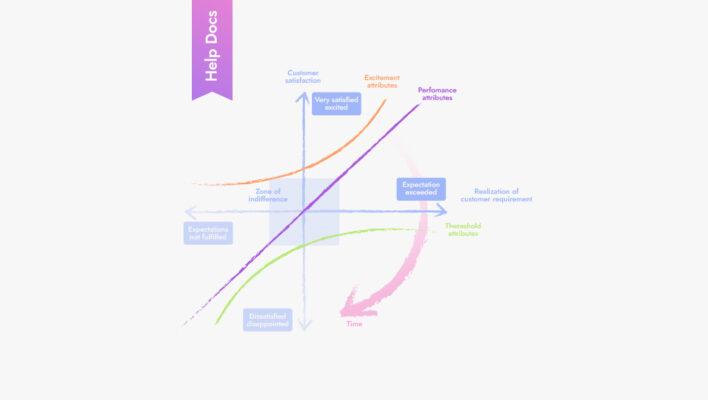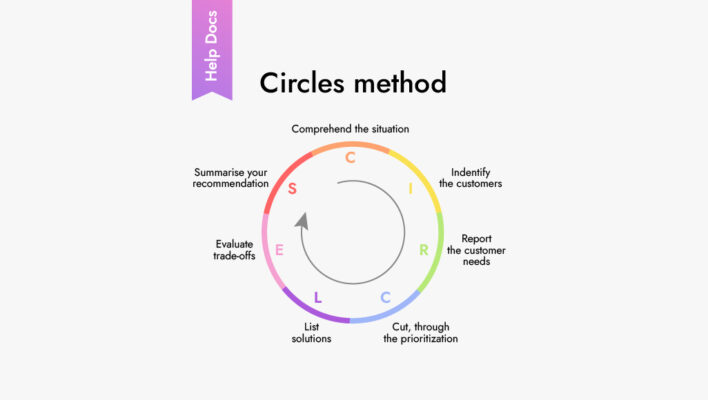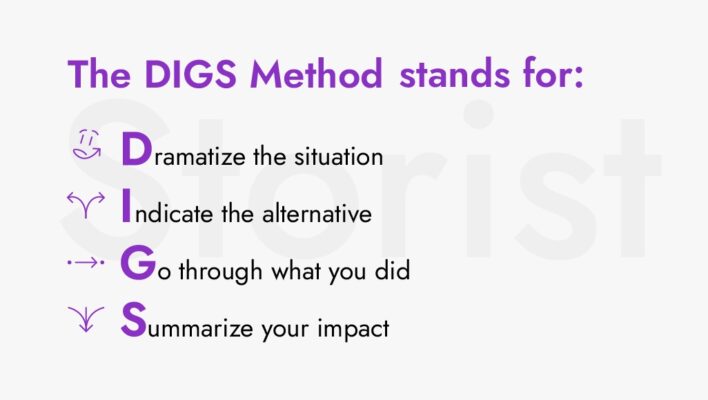Books of an entire era: worlds, writers and books of the Queen Elizabeth II epoch

On September 8th 2022 the news about Queen Elizabeth II passing shocked the whole world. Leaders of all countries send their condolences to the British royal family, while realizing how the British world is going to change without the Queen. Her both warmth and seriousness, her always beguiling smile, her style, frequent appearances on the hippodrome as a guest and as a fan – all of it has been and now, sadly, was the epitome of the Royal family as well as the whole of the United Kingdom.
In June 2022 Queen Elizabeth II Platinum Jubilee was celebrated – marking 70 years of her service. The Queen became the longest reigning monarch – from 1952 till 2022. The years of her reign captured different historical periods not only of her country, but of the whole world. This is why we can call her reign an epoch.
As one of the classics believed, the art and the literature reflect the life of a country. This is why we have decided to take a look at the books written and read during the era of Elizabeth II.
The beginning: the 50s:
There are two books, which stand out as famous not only in the UK, but in the whole world. What is remarkable is how different are the books of the two authors, who lived in the same country at the same time.
The Lord of the Rings by J.R.R. Tolkien was first published in 1955. It is considered to be a classic and the first one in the genre of epic fantasy. It touches upon the themes of good and evil, the nature of evil and power.
The similar themes are broken down in William Golding’s “Lord of the Flies” published in 1954. It is an allegorical dystopian novel, which is centered on a group of boys from three to fourteen years old. Stranded on an uninhabited island, they try to form their own “government”. We also see a display of different governing approaches and methods: democracy and despotism.
Both authors use their own ways and methods of reaching out to readers. Both books capture your mind and you dive into the worlds, far away from Britain, but still so close to our problems.
The 60s:
“A Clockwork Orange” by Anthony Burgess was released in 1962. Almost at the same time, in 1963, “The Collector” by John Fowles was published.
Both novels can be described as social and psychological. If earlier we have seen the themes of good and evil and power, right now it is a confrontation between the crowd and the single person, a younger generation opposed to conservatism of the previous generation. The authors talk about standing out against mainstream culture, about inequality as a reason and a consequence of the conflict inside the society.
Styles and literary techniques of the novels are much different, yet the themes are expressed clearly and in its entirety.
The 70s:
The middle of the 70s was marked by passing one of the most prominent authors of detective prose. Who did not hear about Agatha Christie’s Poirot and Miss Marple? Agatha Christie, who had published her first book in 1920, remains popular around the world to this day. The Queen appointed her the Commander of the Order of the British Empire for her literary works and later promoted her to the Dame Commander of the Order of the British Empire. By the way, Queen Elizabeth II herself was known to be keen on Agatha Christie’s works.
P.G. Wodehouse was a contemporary of Agatha Christie. He was mostly known for his Jeeves and Wooster stories. The stories were written in comedic genre and are easy to perceive. P.G. Wodehouse’s characters are kind and peculiar aristocrats, who get into funny and complicated situations, which they seemingly don’t have a chance of getting out of.
The authors stand out not only because of their unique simple style, but also because of showing us “the true Britain”, its traditions, customs and way of living. You can take a book in your hands and relax by slowly investigating crimes with Agatha Christie’s characters or laugh and get out of tricky situations with Jeeves and Wooster.
The 80s:
This is the period of Sir Terence David John Pratchett. He was knighted by the Queen in 2009 after previously being appointed the Officer of the Order of the British Empire.

Terry Pratchett was known for his satirical fantasy book series “Discworld”. It all started with a parody on fantasy clichés, and came down to the cycle of 40 books that touched upon all kinds of problems of the real world. There is a book that is focused on radioactive waste management, while the other one describes credulity. Everything is written in a simple and humorous style, captivating to both children and adults.
90s – 00s:
Exciting time not only for the UK, but for other countries as well. This period is quite unusual and diversified. It is illustrated by the two authors of completely different books published almost at the same time. J.K. Rowling’s “Harry Potter”, which needs no introduction, and Irvine Welsh’s “Trainspotting”.
“Harry Potter”, first published in 1997 is globally known and read by young and old. In the world of magic, J.K. Rowling touches upon themes of good and evil, friendship, integrity and moral fiber. As the world beloved “Winnie-the-Pooh” was created during the Queen’s predecessor’s reign, the “Harry Potter” appeared during the reign of Elizabeth II. In 2000 the author was appointed Officer of the Order of the British Empire for services to children’s literature.
A completely different world is shown in “Trainspotting” by Irvine Welsh. It is a dark humor story about young drug addicts in Edinburgh in the late 80s. The author depicts the social and economic problems of Scotland. Unemployment, social stratification – there are only a few problems touched upon in the book. Irvine Welsh tried to represent the extent of personality deterioration that those problems might lead to. Yet the book is full of aspiration for life and philosophy that there are no hopeless situations
It is so astonishing, that in the same country, with the same queen, two completely different stories were born, united by one element – aspiration to light.
2010-2020:
The 21st century was marked by the growing popularity of non-fiction. And yet again, British writers proved themselves in that area, becoming popular despite being opposite to each other.
Richard Templar was the author of bestsellers, containing rules and recommendations on self-development, making a career and obtaining success. A distinctive feature of his books are clear rules, for example, “The Rules of Work, Expanded Edition: A Definitive Code for Personal Success” or “The Rules of Life: A Personal Code for Living a Better, Happier, More Successful Kind of Life”, etc.
At the same time there is a hugely popular book by James Watt “Business for Punks: Break All the Rules-the BrewDog Way”, from the founders of the fastest growing brewery in Scotland. The authors show by example that business is done not with rules, but by creative and audacious people, who think steps ahead and constantly find innovations. By the way, if you are interested in other entrepreneurship and self-development books, you can study them in 60 minutes, using interactive summary service Storist.
Instead of conclusion
In this list we have seen different “worlds” that had been created in the last 70 years. During this time, British literature presented us with books that you can’t imagine your home library without. It is useful to get to know these authors, read their books and try to comprehend them in a way people did back in those times.












